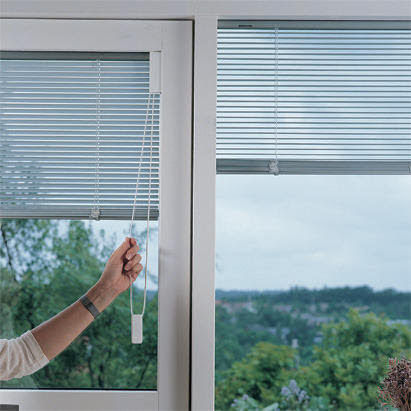-
Our Products
- Fire Curtains
- Hospital Privacy Curtain & Tracks
- Insulated Glass Blind
- Pneumatic Tube Systems
- Nurse Call System
- Curtain Tracks
- Picture Hanging System
- Smoke Curtain
- Wall Protection System
- Telescopic IV Bag Hanger
- Skylight Systems
- Wooden Blinds
- Glass Blind
- Corner Guard
- Window Blinds
- Fire Safety Curtain
- Fire door
- Drainage System
- Fire Curtain Machine
- Grease Separators
- Curtain Rail System
- LifIting Station Plumbing Solution
- METADOOR Fire Door
- Pneumatic Tube System
- Home Page
- Company Profile
- Contact Us
Insulated Glass Blinds
100 INR/Set
Product Details:
- Use Home Office Cafe Hospital Hotel
- Feature Insulated
- Click to View more
X
Insulated Glass Blinds Price And Quantity
- 10 Set
- 100 INR/Set
Insulated Glass Blinds Product Specifications
- Insulated
- Home Office Cafe Hospital Hotel
Insulated Glass Blinds Trade Information
- Mumbai
- Letter of Credit (L/C) Letter of Credit at Sight (Sight L/C) Telegraphic Transfer (T/T) Cash in Advance (CID) Cash Advance (CA)
- 1000 Set Per Week
- 2-3 Week
- Yes
- Within a certain price range free samples are available
- Australia North America South America Eastern Europe Western Europe Middle East Africa Central America Asia
- All India
Product Description
While "Insulated Glass Blinds" generally refers to blinds integrated within a sealed double or triple-pane glass unit, specifications can vary significantly between manufacturers and product types (Venetian, pleated, honeycomb). However, here's a breakdown of the typical specifications and considerations:
I. Overall Unit Specifications:
- Glass Type:
- Double Glazed: Two panes of glass with a spacer bar and sealant.
- Triple Glazed: Three panes of glass with two spacer bars and sealant (for enhanced insulation and soundproofing).
- Glass Thickness: Typically ranges from 4mm to 8mm per pane, but can vary.
- Glass Options: Clear, Low-E (for energy efficiency), tempered (for safety), laminated (for security and sound reduction), tinted, obscure, etc.
- Spacer Bar:
- Material: Aluminum is common, but "warm edge" spacers (non-metallic or with thermal breaks) are increasingly used to improve thermal performance.
- Width: Determines the air gap between the glass panes, typically ranging from 6mm to 25mm or more. Wider gaps can improve insulation.
- Desiccant: Included within the spacer to absorb moisture and prevent condensation.
- Gas Filling: The cavity between the glass panes is often filled with an inert gas like Argon or Krypton to further enhance thermal insulation and reduce heat transfer.
- Overall Thickness of the Insulated Glass Unit (IGU) with Blinds: This will depend on the glass thickness, spacer width, and the type/thickness of the integrated blinds. It can range from around 20mm to over 35mm.
- Sealing: High-quality sealant (primary and secondary seals) is crucial for maintaining the integrity of the IGU, preventing air and moisture ingress, and ensuring the longevity of the blinds.
Tell us about your requirement

Price:
Quantity
Select Unit
- 50
- 100
- 200
- 250
- 500
- 1000+
Additional detail
Mobile number
Email
 |
WINDOW TECHS INDIA PVT. LTD.
All Rights Reserved.(Terms of Use) Developed and Managed by Infocom Network Private Limited. |

 English
English Spanish
Spanish French
French German
German Italian
Italian Chinese (Simplified)
Chinese (Simplified) Japanese
Japanese Korean
Korean Arabic
Arabic Portuguese
Portuguese

